Synopsis
Liz Bonnin explains and illustrates what it means for a cell to become cancerous.
- Programme: Bang Goes the Theory
- Series: 8
- Episode: Cancer
- Channel: BBC One
- Broadcast year: 2014
- Biology | Infection and response | Non-communicable diseases | Cancer and carcinogens
Licence: ERA Licence required
UK only
Staff and students of licensed education establishments only
Cannot be adapted
Add Notes
More clips from Bang Goes The Theory
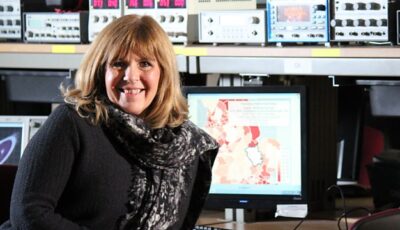
Big Data | Bang Goes The Theory
Big Data | Bang Goes The Theory
Liz Bonnin sees how big data monitors Rolls Royce jet engines, and Jem Stansfield creates a low-tech computer system.

Concrete and flooding | Bang Goes the Theory
Concrete and flooding | Bang Goes the Theory
Investigating the impact of concrete and paving stones on flooding.

Energy | Bang Goes The Theory
Energy | Bang Goes The Theory
Jem Stansfield, Liz Bonnin and Maggie Philbin investigate how close Britain might get to running out of electricity.
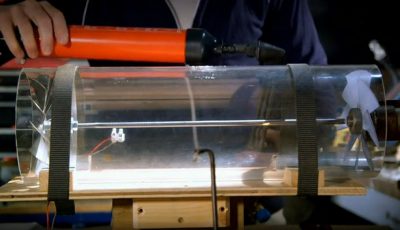
Gas turbine technology | Bang Goes the Theory
Gas turbine technology | Bang Goes the Theory
A demonstration of how gas turbine technology works.
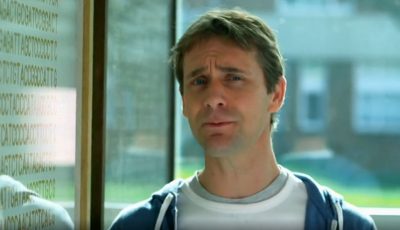
How is radiotherapy kept safe? | Bang Goes the Theory
How is radiotherapy kept safe? | Bang Goes the Theory
Liz Bonnin explains how cells turn cancerous by blowing high-tech bubbles.

Liquid Air Energy Storage | Bang Goes the Theory
Liquid Air Energy Storage | Bang Goes the Theory
A demonstration of how liquid air energy storage would function.

Natural flood prevention | Bang Goes the Theory
Natural flood prevention | Bang Goes the Theory
Methods of natural flood prevention that have been put in place in Pickering, North Yorkshire.
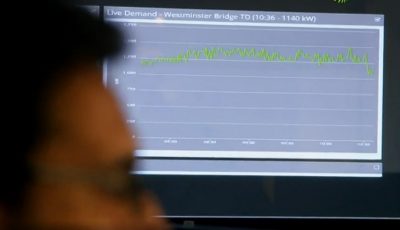
Reducing demand on the grid | Bang Goes the Theory
Reducing demand on the grid | Bang Goes the Theory
A company that aims to reduce the demand on the grid at key moments in the day,

S8E6: Flooding | Bang Goes the Theory
S8E6: Flooding | Bang Goes the Theory
Did global warming play a part in the recent floods, or is it the extreme end of the natural cycle? Maggie Philbin investigates the th...

Thames Barrier | Bang Goes the Theory
Thames Barrier | Bang Goes the Theory
How the Thames Barrier is protecting London from flooding.
Tracking flooding with satellite images | Bang Goes the Theory
Tracking flooding with satellite images | Bang Goes the Theory
Satellite cameras are used to track flooding and predict future weather.

What causes a storm surge? | Bang Goes the Theory
What causes a storm surge? | Bang Goes the Theory
Maggie Philbin demonstrates what causes a storm surge.
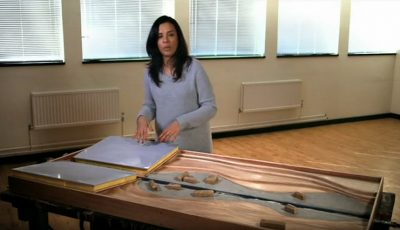
What causes flooding? | Bang Goes the Theory
What causes flooding? | Bang Goes the Theory
A demonstration of how rainfall and changing landscapes are causing more severe flooding.
More resources about Cell Biology
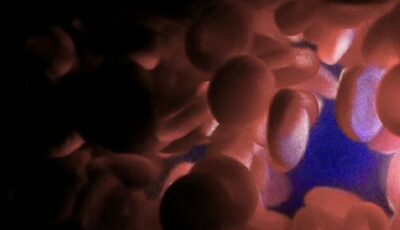
1: The Hidden Kingdom | The Cell
1: The Hidden Kingdom | The Cell
Adam Rutherford tells the story of the biological cell. He explores how centuries of scientific and religious dogma were overturned by the d...

2: The Chemistry of Life | The Cell
2: The Chemistry of Life | The Cell
Adam Rutherford explores how scientists delved deeper into the world of the cell, seeking to reveal the magic ingredient that can bring c...

3: The Spark of Life | The Cell
3: The Spark of Life | The Cell
Adam Rutherford reveals how scientists are close to repeating what has happened only once in four billion years - the creation of a new life ...
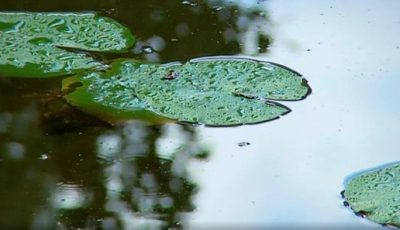
All life needs water | Bitesize Science
All life needs water | Bitesize Science
Osmosis is a special type of diffusion, involving water, where molecules move from a high to a low concentration.

Beneath the surface | Bitesize Science
Beneath the surface | Bitesize Science
Microscopes continue to develop over time, giving us access to increasingly incredible magnification.

Biology: 1: Cell Biology | A-Level Studies
Biology: 1: Cell Biology | A-Level Studies
First of series is a journey to the innermost depths of cells to explore the com plex yet beautiful processes which are the basis ...

Cell Cycle | AS Guru
Cell Cycle | AS Guru
Programme for AS level students, comprising archive clips and interviews.

Cell Division | GCSE Bitesize Revision
Cell Division | GCSE Bitesize Revision
Animated shorts to support students preparing for assessments in GCSE Additional Science.
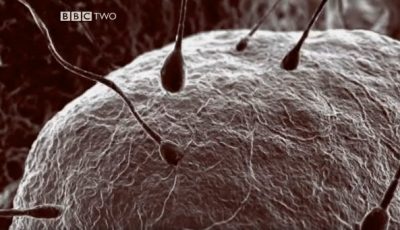
Cell division | i-Science
Cell division | i-Science
What is the role of mitosis and meiosis in the human body?
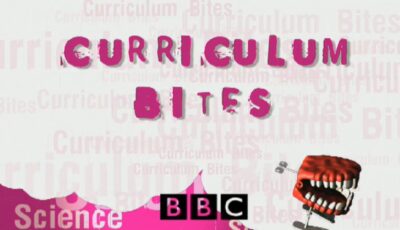
Cells | Curriculum Bites
Cells | Curriculum Bites
Schools science programme where topics in the double science curriculum are broken down into small chunks.

Cells and their environment | AS Guru
Cells and their environment | AS Guru
Programme for AS level students, comprising archive clips and interviews.

Cells under a microscope | Science In Action
Cells under a microscope | Science In Action
Spec references J247: B1.1a. Showing onion cells and cheek cells under a microscope.

Clones | i-Science
Clones | i-Science
Daphne and Barbara are so similar because they are clones, two people who have exactly the same genetic makeup. When their mother was pregnant, her fertil...

Collagen | Secrets of Skin
Collagen | Secrets of Skin
Collagen makes up 90% of the skin dermis. Professor Ben Garrod talks to a scientist studying collagen whose research has some ground-breaking appl...
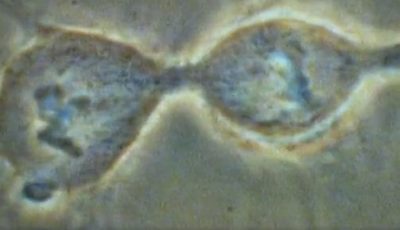
Dance of the chromosomes | Bitesize Science
Dance of the chromosomes | Bitesize Science
Mitosis is a type of cell replication that is essential to the human body's ability to grow and repair.

Death By Design | Horizon
Death By Design | Horizon
The radical notion that each cell in our body is programmed to die has major implications for research into disease and bodily development. This fi...
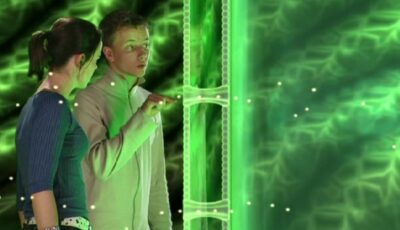
Diffusion | Curriculum Bites
Diffusion | Curriculum Bites
Spec references J247: B2.1a J250: B2.1a. Definition of diffusion and what substances go into the cell.

Diffusion and Osmosis | GCSE Bitesize Revision
Diffusion and Osmosis | GCSE Bitesize Revision
Spec references J247: 2.1a J250: 2.1a. Animated shorts to support students preparing for assessments in GCSE Additional Science.
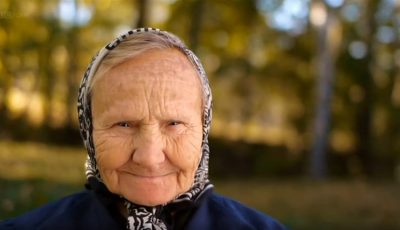
Elastin | Secrets of Skin
Elastin | Secrets of Skin
Why do we get wrinkles? Professor Ben Garrod explores the function of elastin in an animal's skin.
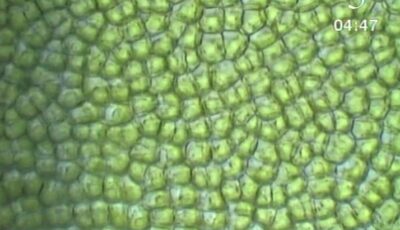
Electron microscope | Science In Action
Electron microscope | Science In Action
Spec references J247: B1.1c. Electron microscope to see the structure of algae and observe cell processes.
More from Liz Bonnin

The urban Arctic fox | Snow Animals
The urban Arctic fox | Snow Animals
The intrepid Arctic fox is exploiting a new world in order to survive.

How is radiotherapy kept safe? | Bang Goes the Theory
How is radiotherapy kept safe? | Bang Goes the Theory
Liz Bonnin explains how cells turn cancerous by blowing high-tech bubbles.

Restoring Our Rivers | Our Changing Planet
Restoring Our Rivers | Our Changing Planet
Liz Bonnin and Ade Adepitan investigate two ambitious river restoration projects: in the US, the largest dam removal in the world,...

Over land and sea | Penguins: Meet the Family
Over land and sea | Penguins: Meet the Family
Penguins are adapted to survive and thrive both in the sea and on land.
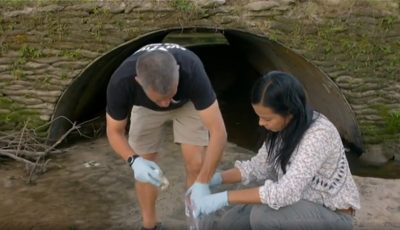
Pig farming and water pollution | Meat: A Threat to Our Planet?
Pig farming and water pollution | Meat: A Threat to Our Planet?
Liz Bonnin investigates the polluting impact of pig manure from factory farms.
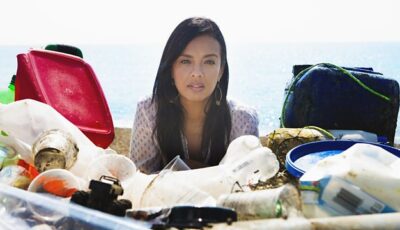
Drowning in Plastic
Drowning in Plastic
Wildlife biologist Liz Bonnin works with some of the world's leading marine biologists and campaigners to discover the true dangers of plastic in our oce...

Meet Alucia | Galapagos
Meet Alucia | Galapagos
Meet Alucia, 56 metre research vessel.

Wild Alaska Live
Wild Alaska Live
A new series on a spectacular wildlife event, live from Alaska with Steve Backshall, Matt Baker and Liz Bonnin. Bears, eagles and orca are gathering for the...
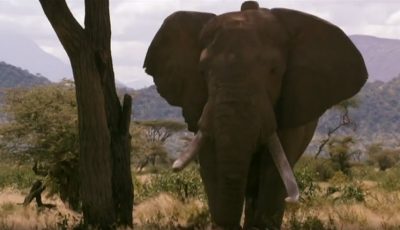
Charged by a Bull Elephant | Nature's Epic Journeys
Charged by a Bull Elephant | Nature's Epic Journeys
Bob gets charged by Matt, a bull elephant.

India: Nature's Wonderland
India: Nature's Wonderland
Wildlife expert Liz Bonnin, actor Freida Pinto and mountaineer Jon Gupta reveal the hidden wonders of India's surprising natural world. This is a ...
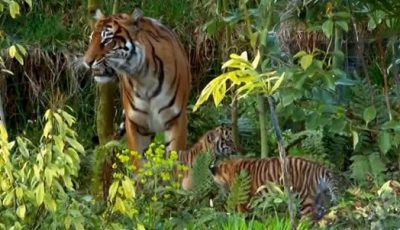
From tabby to tiger | Cat Watch 2014: The New Horizon Experiment
From tabby to tiger | Cat Watch 2014: The New Horizon Experiment
All cats are born with an innate desire to hunt, but most are taught how by their mothers.
